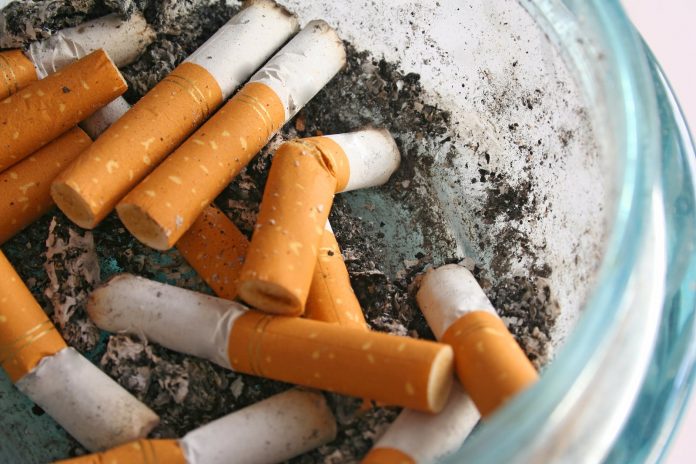Getting adults to quit smoking and preventing kids from ever starting are the best defenses against heart disease, stroke and other diseases, according to a new study.
Experts’ rankings of the top 28 evidence-based preventive services that health-care providers could offer were released Monday in a study conducted by the National Commission on Prevention Priorities and published in the Annals of Family Medicine. Understanding the impact of these services can help patients, health-care practices and policymakers put their time and money in the right places, the study authors found.
Smoking, the leading cause of preventable death in the U.S., kills about half a million Americans a year. More than 100,000 deaths annually could be prevented with smoking cessation and prevention, the authors said.
“Evidence indicates that receiving advice and help from a doctor can more than double the chance of smokers being successful at quitting,” said Michael Maciosek, senior research investigator and health economist at HealthPartners Institute for Education and Research in Minneapolis. “Trying until successful so that a patient can quit before a serious smoking-related disease sets in can extend quantity and quality of life and reduce health-care costs.”
Working with HealthPartners Institute researchers, the National Commission on Prevention Priorities ranked each service based on its cost-effectiveness and how well it has been proven to prevent disease.
The tobacco recommendation and childhood immunizations all scored 10 out of a possible 10 on the authors’ scoring system.
Researchers probed the value of brief, annual tobacco counseling for 4 million youth and adults, finding that it saves lives and reduces health-care costs. But only one-third of the potential health and economic benefits of counseling are actually being realized, the authors said.
Youth counseling could prevent 42,686 smoking deaths and save $225 a person in health-care costs annually, according to the study. Adult counseling could stop 69,901 smoking fatalities and save $580 a person per year.
Maciosek said patient access to smoking help has never been greater, but there’s a catch.
“The ability of clinicians to address tobacco use is threatened by pressures on primary care physicians to increase their scope while managing the same number of patients and by looming changes to health insurance policy,” he said.
Direct medical costs from smoking are estimated at $175 billion per year. Although fewer adults are smoking, 42 million adults continue the deadly habit, and in 2015, 1.6 million middle- and high-school students reported smoking in the last 30 days.
Researchers also looked at three other services to prevent cardiovascular disease: high blood pressure screening, cholesterol screening and aspirin counseling. High blood pressure services had the biggest impact, followed closely by cholesterol screening and treatment, with aspirin counseling having a lower health impact.
The National Commission on Prevention Priorities provides information to help decision makers identify prevention services and policies that maximize health benefits.
From American Heart Association News
Avoid Smoking, Avoid Disease






